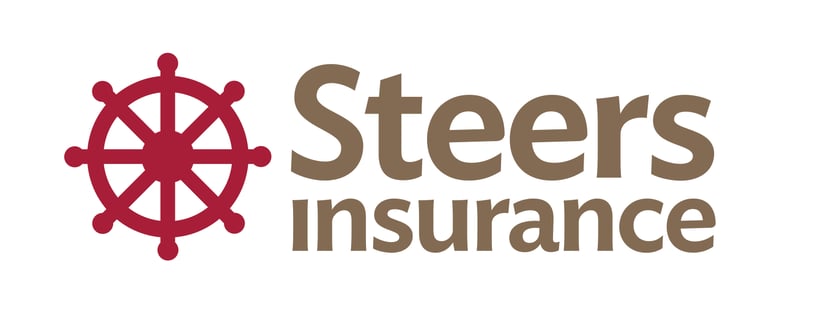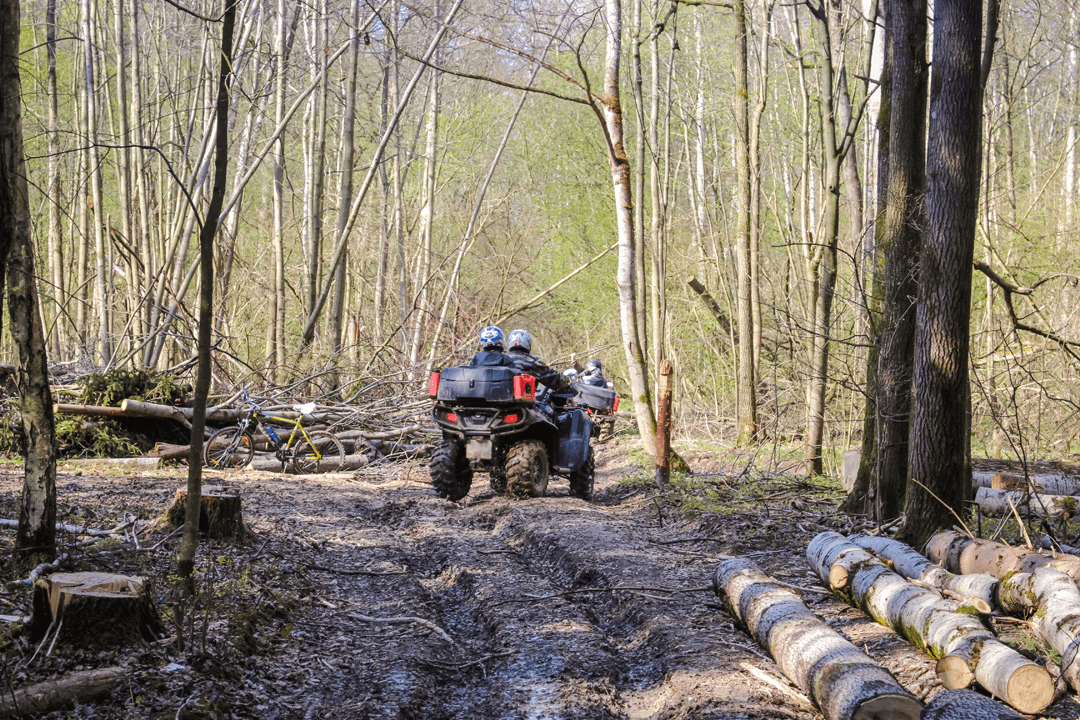Risks, exposures, and liabilities for contractors have changed over the years, and could leave you unprotected if something does go wrong. Let’s have a closer look at Commercial Vehicle and Contractors Equipment Risk Management.

Commercial Vehicle Risks
While a general construction company or larger contracting company might store its fleet of vehicles and equipment in a central fenced-in yard, a smaller contractor is more likely to be using vehicles that are taken home at the end of the day. Smaller contractors might be using pickup trucks or cube vans, which are more susceptible targets for theft of contents inside the vehicle or vandalism to the vehicle itself.
Contractors should have their own controls in place, such as checking that drivers have proper licensing, driving experience and experience operating that type of unit (in particular operating heavy commercial units), ensuring they do pre-trip vehicle inspections, and ensuring doors are locked and valuables are removed from the vehicles in the evenings. We will have another article specifically for Hiring Drivers for the Trade.
Construction Companies should have a designated safety officer in place to oversee that aspect of driver control and maintenance of equipment and a list of asset inventory including the year, make, model, and serial number. This individual is responsible to instruct employees of the required procedures to perform at the beginning and end of each workday to protect themselves and the company assets.
Contractors and subcontractors should ensure their vehicles are parked in a safe location — particularly if there are thousands of dollars of tools or materials inside. They are responsible for those tools or materials, as well as any equipment on the back of a vehicle. TIP: Advise your broker of the value of contents carried in your vehicles. It is important to ensure these contents are insured on the Property Policy.
Contractors Equipment Risks
Protection of the Contractors Equipment is like that of Commercial Automobile Insurance.
One of the main losses involving Contractors Equipment is theft. Leveling Construction Theft - Canadian Underwriter Canadian Underwriter This is very inconvenient and costly for many contractors in Nova Scotia.
How do you prevent theft from worksites? Here are a few suggestions:
- Installation of anti-theft/tracking devices to equipment
- Etching company logos on tools and the equipment especially onto doors, buckets, booms, any part of the equipment that can be removed from the site or detached from larger equipment
- Securing Equipment together
- GPS Tracking Systems
- Park in well-lit areas and fenced in compounds
- Install camera at garaged locations or at worksites
- This article has some really good tips The harsh reality of construction equipment theft – and what you can do about it – Northbridge Insurance
Summary of protecting Company Valuables
If a vehicle has been assigned to an employee for the duration of a job, ensure the person is advised on how to protect any tools, materials, or equipment stored in the vehicle. Employers should have written documentation of protective measure expectations, such as locked doors, parking in a visible location, making any valuables in the vehicle less visible to passers-by. Employers should also have a written manual of expected conduct and use of Automobiles and Contractors Equipment. Owners in conjunction with the Safety Manager should also make sure those vehicles and equipment are being maintained on a regular basis and documentation of the maintenance, registrations, and inspections saved in a file.
We hope this article provides you with some new ideas of how to improve your worksite protection from theft of equipment and as always, we offer a complimentary risk assessment to ensure that you have the insurance you need to protect all aspects of your business. Keep an eye on our blog as over the next several months we will feature other common risks, exposures and liabilities that have changed within the construction industry and what you can do to protect yourselves against such risks.


 ;
;
 ;
;
 ;
;
 ;
;
 ;
;
 ;
;
 ;
;


